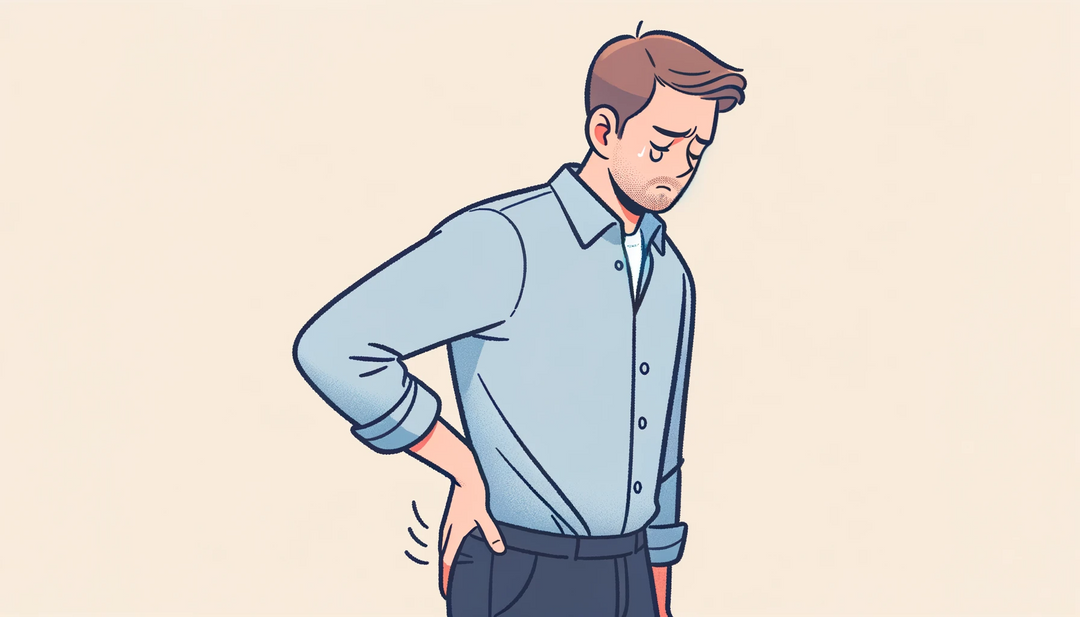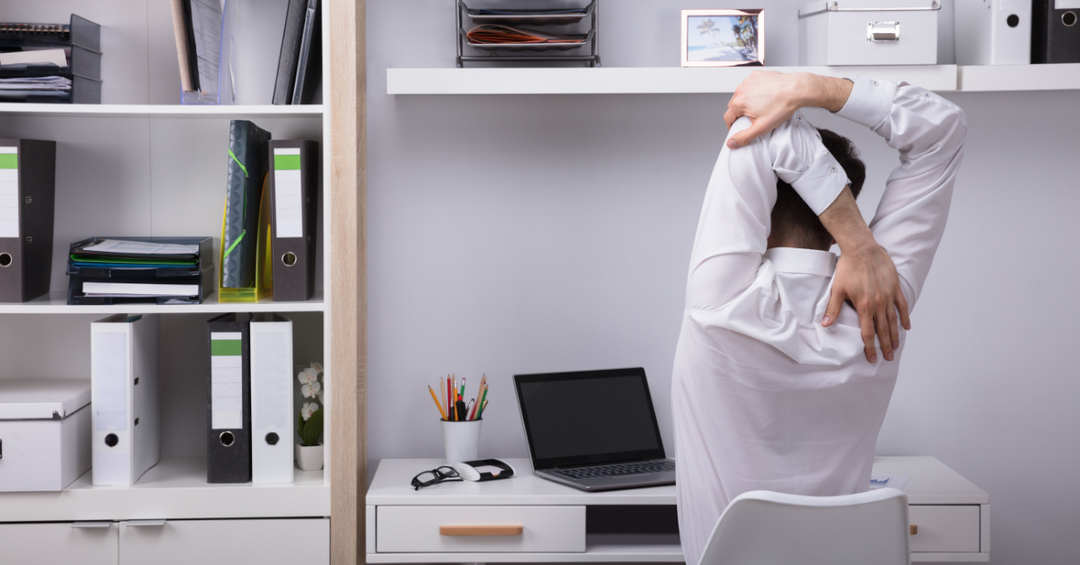Experiencing chronic back pain? You may have Ankylosing Spondylitis. But don't worry, there is a solution.


I know what you are thinking, Ankylosing Spondylitis sounds like a cool name for a dinosaur. No? I'm the only one who thinks that?
While Ankylosing Spondylitis (AS) is not a dinosaur, it is a debilitating condition that poses a greater threat to the world than Jurassic Park.
Fortunately, groundbreaking research from the University of Waterloo analyzed how various sitting positions effects the stress exerted on the spine, and their findings offer hope for those suffering from AS.
So, what is it?
Ankylosing Spondylitis is a type of inflammatory arthritis that primarily affects the spine. It leads to inflammation of the vertebrae, resulting in chronic pain and discomfort.
Here’s the scary bit: over time, the inflammation can cause “ankylosis” which is science for “your vertebrae will fuse together and your spine will become rigid.” I bet you were wishing it was just a dinosaur right about now.

Feeling these symptoms?
Common early symptoms include chronic pain and stiffness in the lower back and hips, especially after periods of inactivity or upon waking up. The pain can be persistent or intermittent, and usually worsens after periods of rest. Over time, the pain and stiffness can move upwards, affecting the upper back and neck.

Do I have it?
Anyone can get Ankylosing Spondylitis. Unless you trust the medical qualifications of a blogger, I would consult with a medical professional to be sure. However, if you have a family history of AS, are younger than 45, or have existing inflammatory bowel diseases, there is an increased likelihood you have AS.
What can I do If I think I have Ankylosing Spondylitis?
Unfortunately, there is no cure to Ankylosing Spondylitis. The good news is, there are immediate and meaningful changes you can make to prevent and treat AS.
- Engage in regular exercise to maintain joint flexibility, reduce stiffness, and strengthen the muscles around the joints.
- Attend physical therapy to help maintain spine flexibility, improve posture, and reduce pain. A physical therapist can provide exercises tailored to individual needs.
- Exercising proper posture is essential to prevent spinal deformity. Posture training is an excellent way to ensure spinal health and longevity.

Can the LeanRite Elite Standing Chair help someone with Ankylosing Spondylitis?
Yes!
The nature of modern office work has forced us all into an unhealthy sedentary lifestyle. Poor posture, coupled with immobility throughout the day, increases inflammation, stiffness, and back pain.
Fortunately, the LeanRite Elite's design is guided by innovative ergonomics to solve such problems. Its unique structure allows users to switch between sitting, leaning, and standing positions effortlessly. This dynamic adaptability ensures that the spine isn't subjected to prolonged periods of stress in a single posture – a crucial feature for AS sufferers who need to avoid stiffness.
Traditional chairs often exert undue pressure on the lower back and pelvis. The LeanRite, with its adjustable height, seat angles, and anti-fatigue mat, distributes body weight more evenly. Research from the University of Waterloo found that a hybrid approach between sitting and standing, called "perching", is ideal for weight distribution. The LeanRite Elite facilitates the ideal perching position, enforcing good posture while maximizing comfort. This reduced pressure is especially beneficial for those with AS, as it minimizes inflammation and discomfort.

How should I use the LeanRite™ Elite Standing Chair?
Stagnancy is a foe for individuals with back pain and AS. The LeanRite Elite promotes movement, allowing users to adjust their positions frequently. Use the adjustable stool to switch between sitting, leaning, perching, or standing, all the while maintaining a neutral spine position. This constant adjustment encourages better blood circulation and reduces the risk of joint stiffness.
Active movement throughout the day is the perfect antidote to the sedentary behavior typical of modern office work. In addition to treating and preventing AS, active movement throughout the day enhances well-being and productivity.

What now?
If you suffer from back pain, or are seeking to prevent conditions like AS from manifesting, then check out purchasing options for the LeanRite Elite by clicking HERE. If you want to learn more about perching and the science behind it, check out our article "A Perching Posture Proven to Be Ideal for Lower Back Pain!"






Leave a comment